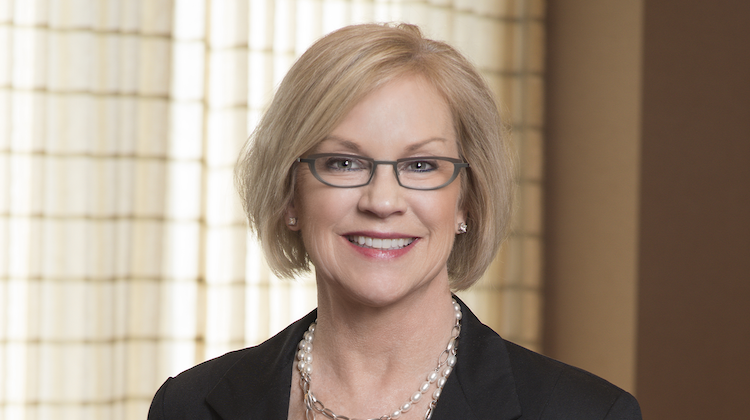Culture and Talent
‘AI isn’t just technology, it’s good judgment’: Cathy Bessant on why banks need humans
- The caliber of bank talent is just as important as the technology it invests in, since they'll be the ones that determine how to work responsibly with AI
- AI won’t ruin the workforce or decimate the need for humans, “unless we’re cavalier about it," says B of A's Bessant








